The Book of Mormon is a product of the century it was written in and the doctrinal policies of the Church of Jesus Christ of Latter-day Saints were shaped by an America which structured its society in racial castes and justified that structure with divine and pseudoscientific authority. To put in context just how racialized America was at the time, the Book of Mormon was first published just 31 years before the Civil War began. In the words of Max Perry Mueller, a historian at the University of Nebraska-Lincoln, the Book of Mormon is very much a product of a “quintessentially American religion”— a story about Jesus coming to America, Israelites sailing to New York, indigenous peoples caricatured as “wicked” and prophecies of Christopher Columbus and the founding of the Americas. The social attitudes of 1800s America seeped into the doctrine of the LDS church and projected them far into the future. As American civil rights progressed faster than the divinely orated LDS doctrine, the LDS church rarely failed to change before the social tide demanded it. This racial facet of the LDS church would be defended, denied, revised and disavowed at various times during its history by LDS leaders. While many religions can feign historical ambiguity, few religions have so much surviving historical information archived, and therefore much of the history of the LDS church can be scrutinized with a fine-toothed comb.

Mormonism, America and Race
When the Book of Mormon was published in 1830, race was the single most important component of one’s identity in America. During these times, specific readings of the Bible were used as a powerful source for justifying slavery and the systemic and cultural inequality of the black community. Pseudoscience such as polygenesis (a theory that poses different races originated independently), physical anthropology (mainly the study of measuring cranial skull sizes to “prove” inferiority) and other racial theories supplemented the “word of God” as additional proof of the inferiority and superiority of differing races. Out of this toxic zeitgeist was born the Book of Mormon and an early LDS church that struggled “to be both a missionary people divinely called to teach the gospel to everyone everywhere, and a racially particularistic people who believe that God has, at times, favored certain racial groups over others”— to quote “Black, White, and Red: Race and the Making of the Mormon People” by Mueller.
While many theologians and academics at the time purported that Europeans were distinct in their origin from other races, the Book of Mormon prophesied that all races derived from Adam and that some of the ancestors of these derivative races were at different times cursed for participating in various sins. The “Lamanites,” the name given for ancestors of the Native Americans, were cursed for following Laman, who broke away from God’s teachings and became “wicked.” The Book of Mormon employs strong use of skin color to symbolize wickedness (darkness) and righteousness (whiteness). The Lamanites’ skin literally becomes dark as they begin to become wicked while also becoming spiritually “dark.” Joseph Smith’s account of the Curse of Cain in the Visions of Moses details that “Cain relocated to the land of Nod where he now bore a divine mark of darkness.” The “mark of darkness” was blackness of skin as told in the scripture, “The seed of Cain were black, and had not place among [the rest of the human family].” Joseph Straut, a resident PhD student at the University of Utah found through his research, entitled “A More Powerful Effect upon the Body: Early Mormonism’s Theory of Racial Redemption and American Religious Theories of Race,” that “the racial theology of early Mormonism provided an explanation for the social problem of racial difference and promised that such distinctions would be swallowed up when converts became new creatures in Christ through baptism. When people of African descent converted to Mormonism and became heirs to Abraham, their racial curses would be lifted and they would become white.” This early LDS church would provide those of “impure” ancestry a way to redeem themselves, a problematic doctrine called “racial redemption” taught by Joseph Smith himself. Whiteness was seen as the mark of a spiritually pure person and was a reward for piety, and faith in the LDS religion would provide such a reward as “whiteness” of spirit and soul.

Patterns of Revisionism, Disavowing and Acknowledgement
While the Book of Mormon is the incontestable word of God for LDS people, much of what LDS prophets and leaders have said in the past is often disavowed depending on the contemporary social needs of the LDS church at the time. Many controversies have surfaced in regards to the LDS church and race over the years. Jane Manning James, for example, was a black woman close to Joseph Smith’s family who was “sealed” (eternally bounded in the afterlife) to Joseph Smith’s family as an eternal “servant” against her wishes of being independently endowed. In an interview with The Guardian for his book, Mueller described James’ conflicting relationship to the LDS church. “She was promised, not just by the church, but by Joseph Smith’s brother, that she could be a full member of the community. He told her, ‘You can actually overcome your lineage and join a pure lineage…’ I think she heard this message of redemption, of racial redemption, and she held onto that story for the rest of her life— even as the Church, once she gets to Utah, begins to reject people of African descent.”
Much more mainstream is the controversy of black men being denied the right to the Mormon priesthood until the 1970s, which conveniently coincided with the Civil Rights Movement and NAACP becoming publicly vocal about the priesthood ban. The LDS church didn’t repudiate these past teachings on race until 2013. Mueller explains why the LDS church is so reluctant to reform. “When Mormons disavow their past, it’s not simply disavowing institutional history. It’s pointing out what’s wrong with past leaders. Because of continuing revelation— the Mormon belief that their leaders are speaking messages directly from God— it’s really hard to disavow the prophets. If you start disavowing the prophets of the past, that undercuts the whole premise that God provides revelations to his people in the present day.”
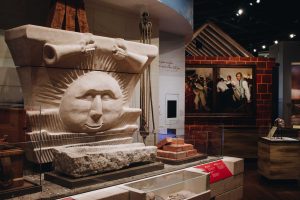
Friction from History as Hegemonic LDS Transforms into a Global LDS
Mueller concludes his interview with The Guardian with a vision of the future for the LDS church: “There are more Mormons outside the U.S. than inside. It’s likely that there are more non-white Mormons than there are white Mormons in the global church. So the church has its own future. It’s no longer an American project. It’s a global and international project. In the face of a U.S. political regime that puts white people and America first, a church that has a global identity has to reject that.”
LDS diversity has become a big marketing point in recent years with the most famous campaign being “I’m a Mormon,” which featured a diverse cast of Mormons of many ethnicities detailing their lives as Mormons. Some official groups exist to support diversity such as The Genesis Group, which was established in 1971 which aims to provide support for black members. Darius Gray, a black Mormon and historian who co-produced for the documentary “Nobody Knows: The Untold Story of Black Mormons” said to The Daily Beast, “We are still struggling, just as this nation is still struggling with matters of race … They say that the gospel of Christ is for all people, yet it’s implementation relies on all people, and not everyone is there yet.”
As the LDS church globalizes and attempts to transform into a multicultural religion, much of its racial historical past comes into question. How much of the Mormon canon relies upon the idea of “whiteness” as a result of piety? How much can a historically racist religion globalize? While in recent times the LDS church has opened up about and acknowledged its jaded past, much of the controversy is written in unchangeable scripture.
The Internet Opened Up a Can of Worms for the Mormon Church
Before the internet, the LDS Church had a pretty good thing going— they had complete control over the discourse surrounding their history. Scholarly investigations from outside could be dismissed, and internal inquiries from members could be contained. During the 1980s, the internet was born, however. Mormons began to form internet groups, forums and mailing lists as early as 1988 with the first being the LDS-L known as the “Internet First Ward.” Mormon women who experienced hostility on mainstream Mormon forums migrated to the Electronic Women’s Caucus becoming the “only ward in the church that is led by mostly women,” giving the women “a place to say what is sometimes difficult in a ward setting.” In the 1990s, the internet soon became a place of fear for LDS church leaders, as detailed in Gavin Feller’s “Mormonism and the Early Internet,” “Richard E. Turley, managing director of LDS Public Affairs, accounts of pornography destroying marriages and children being lured into virtual chatrooms frightened church administrators to the point that many referred to the internet ominously as the ‘I word.’” In the 1990s the internet had become a place for counterculture and open discussion of “taboo” Mormon topics. Feller details of the early initiatives pushed by LDS church leaders to combat the unregulated nature of online Mormon communities, “LDS leaders, weary from painful public relations blunders, hoped the internet would allow them to set the record straight. They wanted control over information, over copyrighted materials, over the news media narrative.” LDS.org and FamilySearch.org were established to create a “sanitized” internet space for LDS members to go while shutting down online “wards” websites to gain back control of the discourse. Still, counterculture flourished, and members who questioned the history of the LDS church could connect and discuss controversial topics, such as the historical racism of the LDS church. This counterculture exists today in internet communities such as r/exmormon and other groups.
This article is part of the Poynter College Media Project. Click here for more stories and information on the topic “Are U Mormon?”







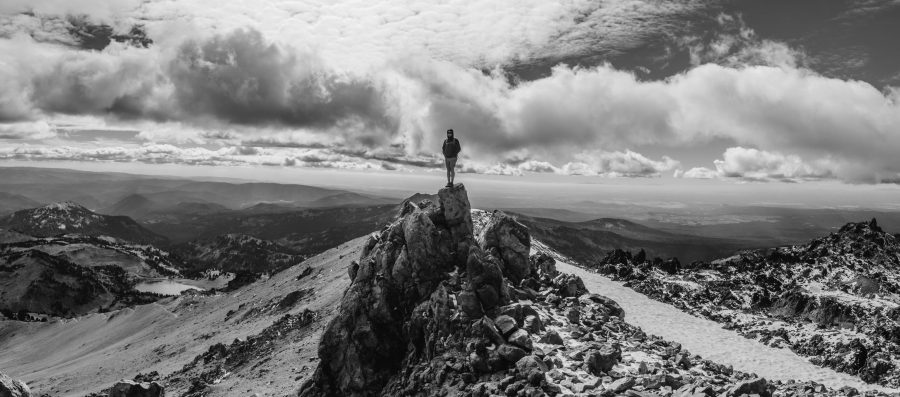
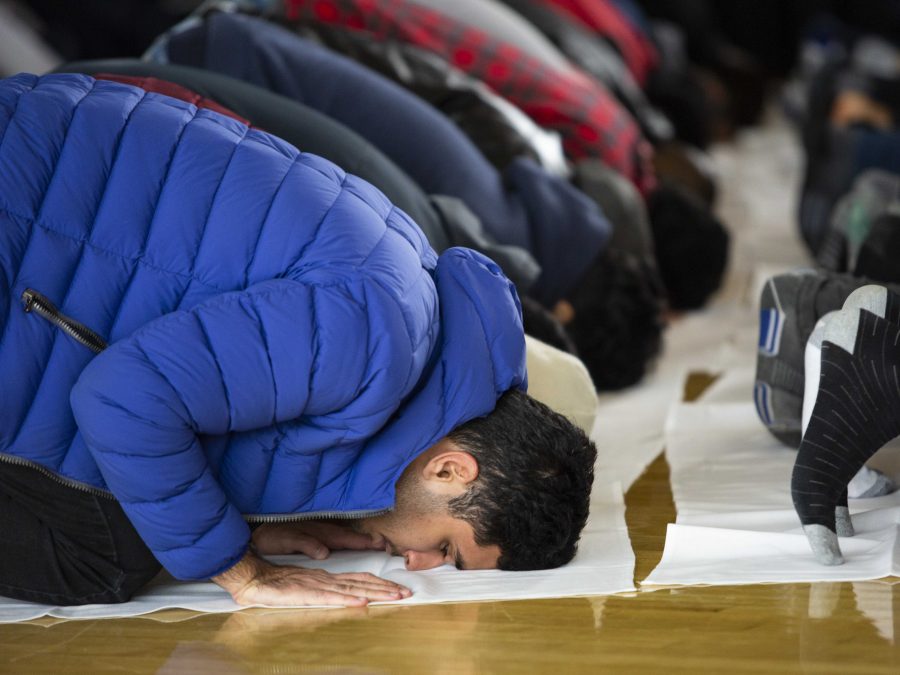
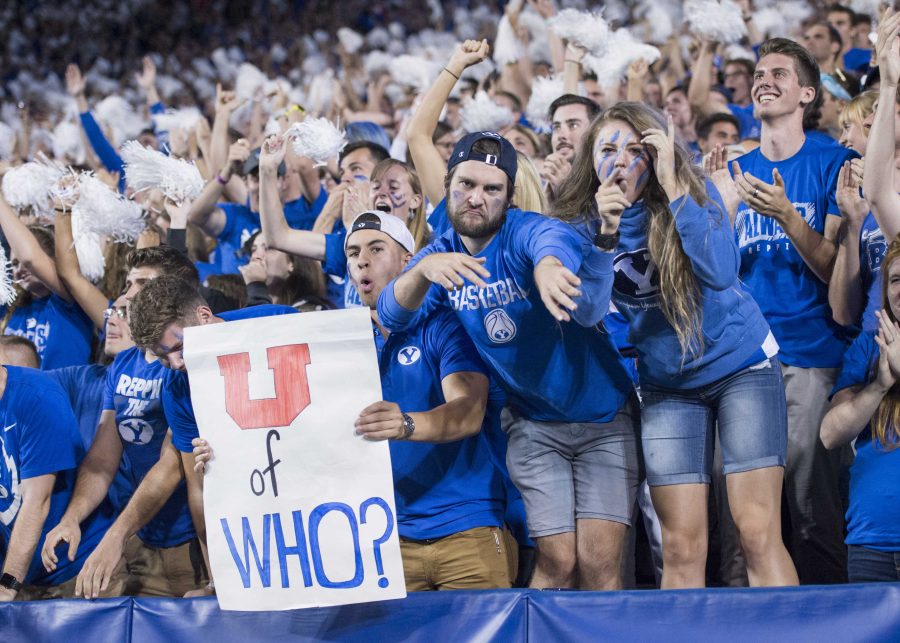







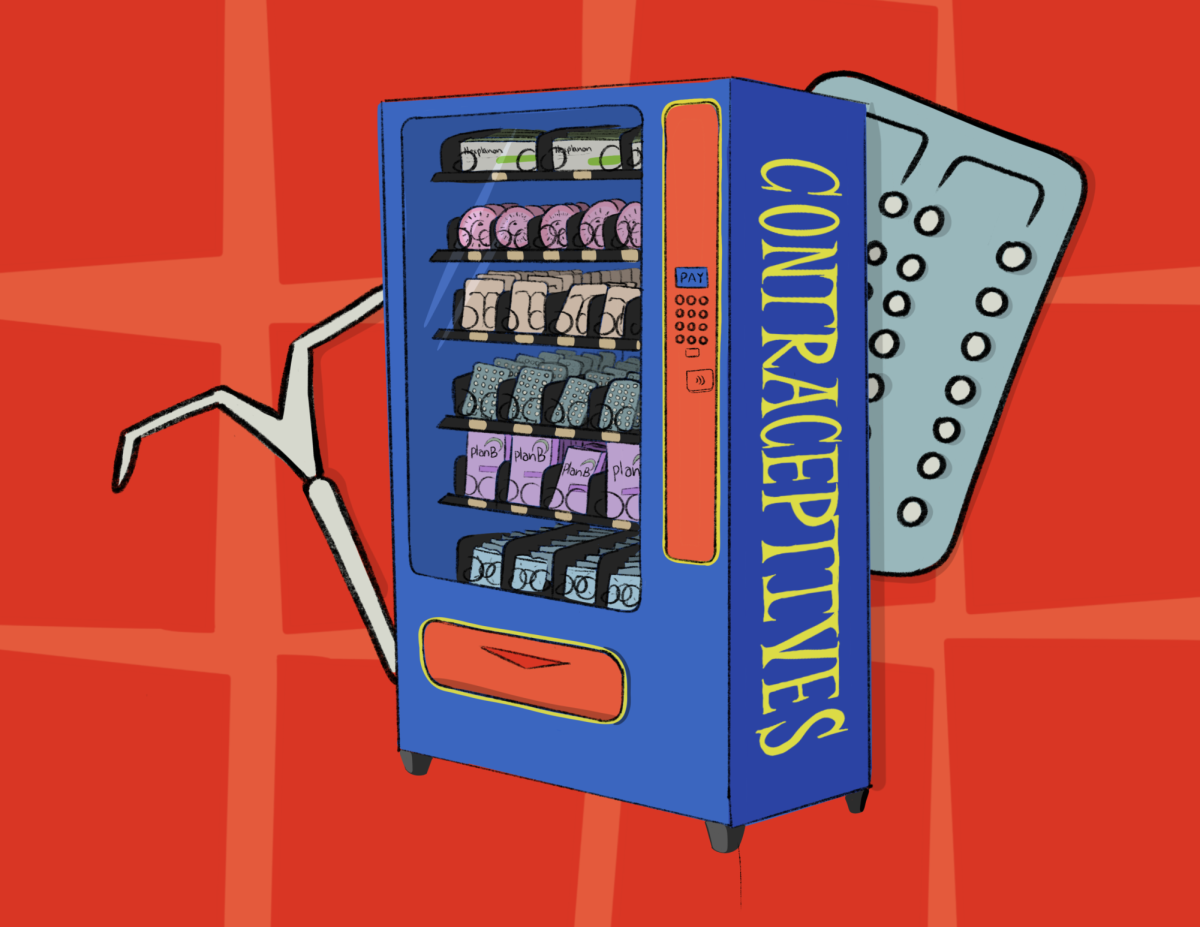




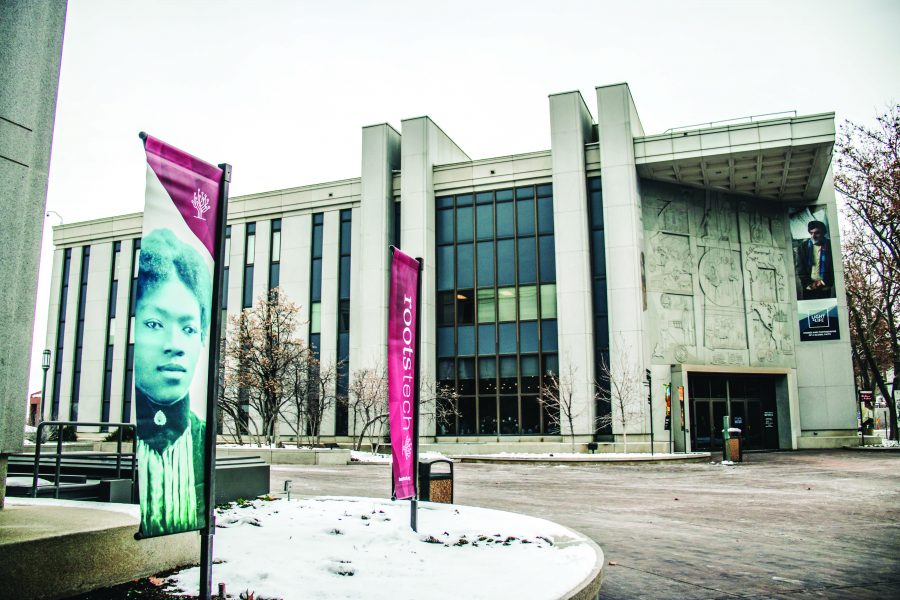
Jalal • Feb 6, 2019 at 3:10 pm
Here’s some more reading if you want to understand what’s really going on, but from what is seen here, it looks like you’ll eat up anything “counter-culture” no matter how biased on un-truthful it is, there’s a reason why the LDS church encourages it’s members to educate themselves:
https://www.fairmormon.org/conference/august-2003/black-latter-day-saints-a-faith-full-history
https://www.fairmormon.org/answers/Mormonism_and_the_internet
https://www.fairmormon.org/answers/Book_of_Mormon/Lamanites/Relationship_to_Amerindians
https://www.fairmormon.org/answers/Mormonism_and_history/Censorship_and_revision#Has_the_Church_of_Jesus_Christ_of_Latter-day_Saints_.28Mormons.29_.22whitewashed.22_its_history.3F
Jalal • Feb 6, 2019 at 2:44 pm
Please educate yourself before posting these:
https://www.fairmormon.org/answers/Mormonism_and_racial_issues
Eric • Feb 14, 2019 at 1:21 pm
“Educate yourself” using the churches own website full of indoctrinating propaganda? That’s like using the bible as proof that stories in the bible are real. Not to mention basically everything in the article is confirmed or ignored by the link you posted.